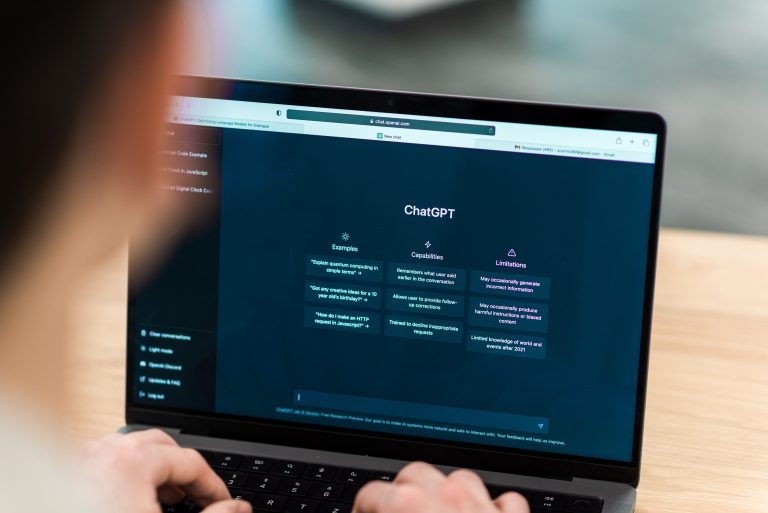Home » Protect GenAI Apps from the OWASP Top 10 LLM Risks
Home » Protect GenAI Apps from the OWASP Top 10 LLM Risks
With increased risks like sensitive data leakage and reputational harm, GenAI security is not a ‘nice-to-have’ – it’s essential.
Bloomberg Intelligence has forecasted the explosive growth of GenAI to USD$1.3 trillion by 2032 with a CAGR of 42%.
While the rapid adoption of GenAI technologies such as LLMs by OpenAI, Meta and Anthropic will help to power transformative business and technologies impact over the next few years, it has also introduced new security and safety challenges.
Threat actors now target GenAI applications at every interaction stage – prompt, output etc. Organisations need to ensure their GenAI security measures are comprehensive.
Improper handling of inputs and outputs can lead to leaks of sensitive information, including personally identifiable information (PII) or other regulated data.
LLMs are prone to generating inaccurate or hallucinated responses that could misinform users
Prohibited or harmful responses from GenAI applications can erode customer trust and negatively impact your organisation’s credibility.
LLM foundation models have safety and security measures embedded into the LLM model by AI model providers. For example, Meta’s Llama Guard 3 Vision, is designed to safeguard content for both LLM inputs and responses. These measures allow the model to maintain ethical behaviour and safety standards.
However, these measures are insufficient – all models are susceptible to vulnerabilities such as jailbreaks, prompt injection attacks and data leakage.
According to Easy Jailbreak, LLM models have an average breach probability of around 62%.
In November 2024, a global community-led security initiative released its OWASP Top 10 for LLM Applications and GenAI. This highlights several new and significant security risks that organisations need to be aware of and prepared for as they launch new applications powered by LLMs or GenAI.
A quick summary of the ten major security risks are as follows:
WebOrion® Protector Plus, our purpose-built GenAI Firewall, helps provide defences against the OWASP Top 10 for LLM Applications.
WebOrion® Protector Plus is designed to secure a wide range of GenAI use cases, including:

While RAG applications can improve an LLM model’s response accuracy, they are still prone to security risks such as prompt injection, jailbreaking, sensitive data leakage and off-topic responses.
WebOrion® Protector Plus can mitigate these risks:

According to G2, 16% of organisations already utilise chatbots while 55% plan to adopt them. Furthermore, the global chatbot market is expected to grow almost 200%, from USD$7.01 billion in 2024 to USD$20.81 billion by 2029.
With the use of AI chatbots on the rise, one security concern organisations need to be aware of is: false or inaccurate information.
To overcome this risk, our ShieldPrompt™ technology comes with response validation, ensuring that the LLM output is factual, aligned with the context, and compliant with predefined constraints.

With the proliferation of AI Agents, organisations utilising these agents face multiple security risks such as indirect and direct prompt injection attacks, jailbreaking attempts, hallucination and harmful responses.
WebOrion® Protector Plus can mitigate these risks by detecting and blocking malicious prompts. Furthermore, it has content guardrails to prevent sensitive data leakage and harmful outputs from the AI agent.